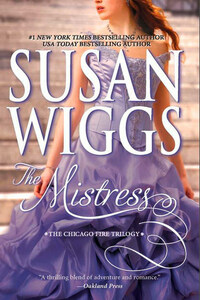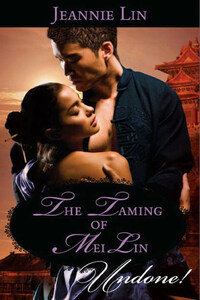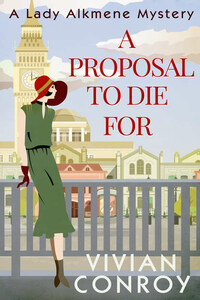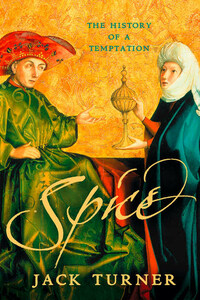George MacDonald Fraser
THE STEEL BONNETS
The Story of the Anglo-Scottish Border Reivers
“If Jesus Christ were emongest
them, they would deceave him, if he woulde heere, trust and followe theire wicked councells!”
RICHARD FENWICK 1597
HarperCollinsPublishers 1 London Bridge, London SE1 9GF
www.harpercollins.co.uk
Previously published in trade paperback by Harvill 1989
Reprinted five times
First published by Harvill 1986
First published in Great Britain by Barrie &Jenkins 1971
Copyright © George MacDonald Fraser 1971
The Author asserts the moral right to
be identified as the author of this work
A catalogue record for this book is
available from the British Library
All rights reserved under International and Pan-American Copyright Conventions. By payment of the required fees, you have been granted the nonexclusive, nontransferable right to access and read the text of this e-book on-screen. No part of this text may be reproduced, transmitted, downloaded, decompiled, reverse engineered, or stored in or introduced into any information storage and retrieval system, in any form or by any means, whether electronic or mechanical, now known or hereinafter invented, without the express written permission of HarperCollins e-books.
Ebook Edition © JUNE 2012 ISBN 9780007474288
Version: 2018-01-16
HarperCollinsPublishers has made every reasonable effort to ensure that any picture content and written content in this ebook has been included or removed in accordance with the contractual and technological constraints in operation at the time of publication.
In memory of
Corporal IKE BLAKELEY of the Border Regiment, killed by a Japanese sniper at Kinde Wood, Central Burma, 1945, and for BOB GRAHAM and SLIM IRVINE wounded in the same action.
Cover
Title Page
Dedication
Maps
Introduction: The Border Reivers
Part One: THE MAKING OF A FRONTIER
I: Hadrian draws the line
II: The moving boundaries
III: England v. Scotland, 1286–1500
Part Two: PEOPLE OF THE MARCHES
IV: Border country
V: “A martial kind of men”
VI: Food and shelter
VII: The riding surnames
VIII: Hands across the Border
IX: Bangtail and company
X: The game and the song
Part Three: “SHAKE LOOSE THE BORDER”
XI: Lance and steel bonnet
XII: How the reivers rode
XIII: Nothing too hot or too heavy
XIV: A parcel of rogues (William Armstrong of Kinmont, Walter Scott of Harden, Geordie Burn)
XV: Carleton’s raid
XVI: Hot trod and red hand
XVII: The ability to kill
XVIII: The Wardens of the Marches
XIX: Leges Marchiarum
XX: Days of truce
XXI: The unblessed hand (Maxwells v. Johnstones, Grahams v. Irvines, Kerrs v. Scotts, Scotts v. Elliots, Selbys v. Grays)
XXII: Terror, blackmail, kidnapping and “decaie”
XXIII: “Fyre and sword upon Tuesday next”
Part Four: THE LONG GOOD-NIGHT, 1503–1603
XXIV: Flodden and after. Biographical note on Thomas Dacre
XXV: The Devil, and Lord Angus
XXVI: Armstrongs in action
XXVII: A rope for Black Jock
XXVIII: The violent peace
XXIX: The road to Solway Moss. Note on the prisoners of Solway Moss
XXX: The rough wooing
XXXI: Wharton and Maxwell
XXXII: England’s grip broken
XXXIII: The Debateable Land
XXXIV: The women’s touch
XXXV: Queen on the Marches
XXXVI: The Countess and the reivers
XXXVII: The last armies
XXXVIII: Reidswire and Windygyle
XXXIX: The stirring world of Robert Carey
XL: “Fyrebrande”
XLI: Lances to Carlisle
XLII: The Carleton Brothers
Part Five: THE MIDDLE SHIRES
XLIII: Carey’s ride
XLIV: Breaking the Border
XLV: Malefactors of the name of Graham
XLVI: The thieves dauntoned
XLVII: After the riding
Appendix I: The Archbishop of Glasgow’s “Monition of Cursing” against the Border reivers
Appendix II: The ballad of Kinmont Willie
Bibliography
Glossary
Index
Acknowledgements
About the Author
By the Same Author
Copyright
About the Publisher
At one moment when President Richard Nixon was taking part in his inauguration ceremony, he appeared flanked by Lyndon Johnson and Billy Graham. To anyone familiar with Border history it was one of those historical coincidences which send a little shudder through the mind: in that moment, thousands of miles and centuries in time away from the Debateable Land, the threads came together again; the descendants of three notable Anglo-Scottish Border tribes—families who lived and fought within a few miles of each other on the West Marches in Queen Elizabeth’s time—were standing side by side, and it took very little effort of the imagination to replace the custom-made suits with leather jacks or backs-and-breasts. Only a political commentator would be tactless enough to pursue the resemblance to Border reivers beyond the physical, but there the similarity is strong.
Lyndon Johnson’s is a face and figure that everyone in Dumfriesshire knows; the lined, leathery Northern head and rangy, rather loose-jointed frame belong to one of the commonest Border types. The only mystery is when the “t” which distinguishes Border Johnstones from the others of the name was dropped from his surname. Billy Graham has frequently advertised his Scottishness, perhaps a little thoughtlessly, since there are more Grahams on the southern side of the line than on the northern, but again, the face is familiar.














